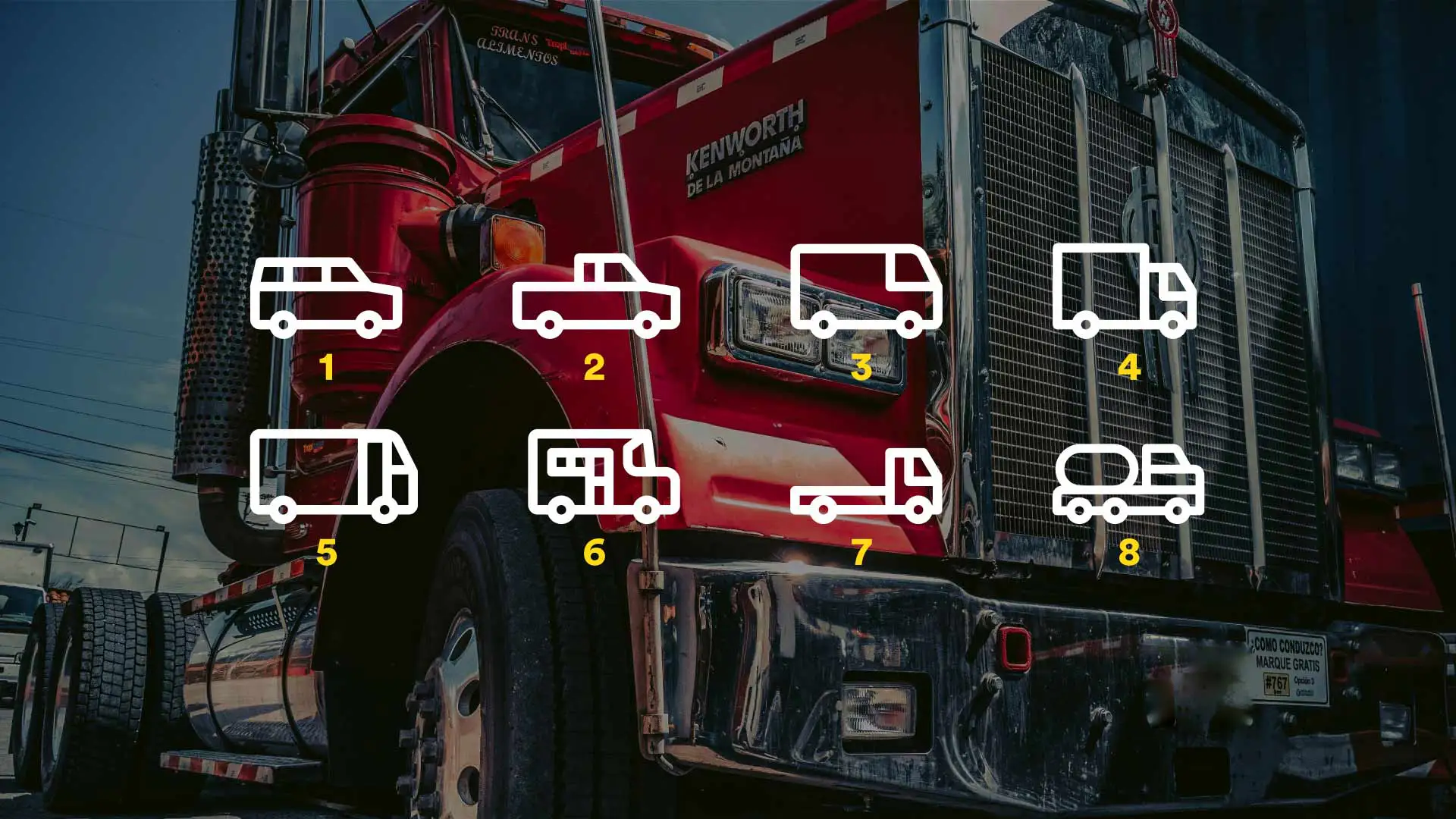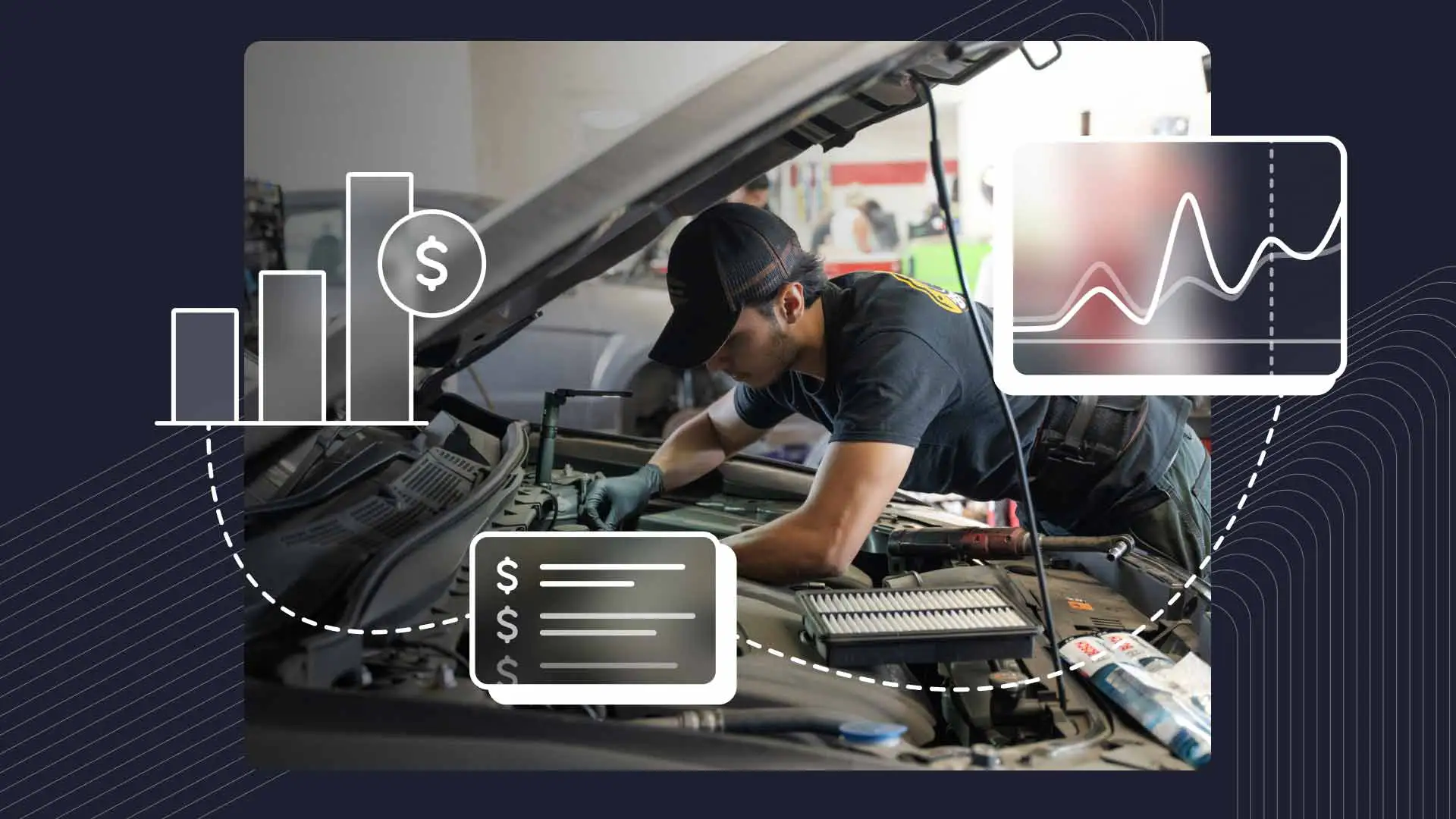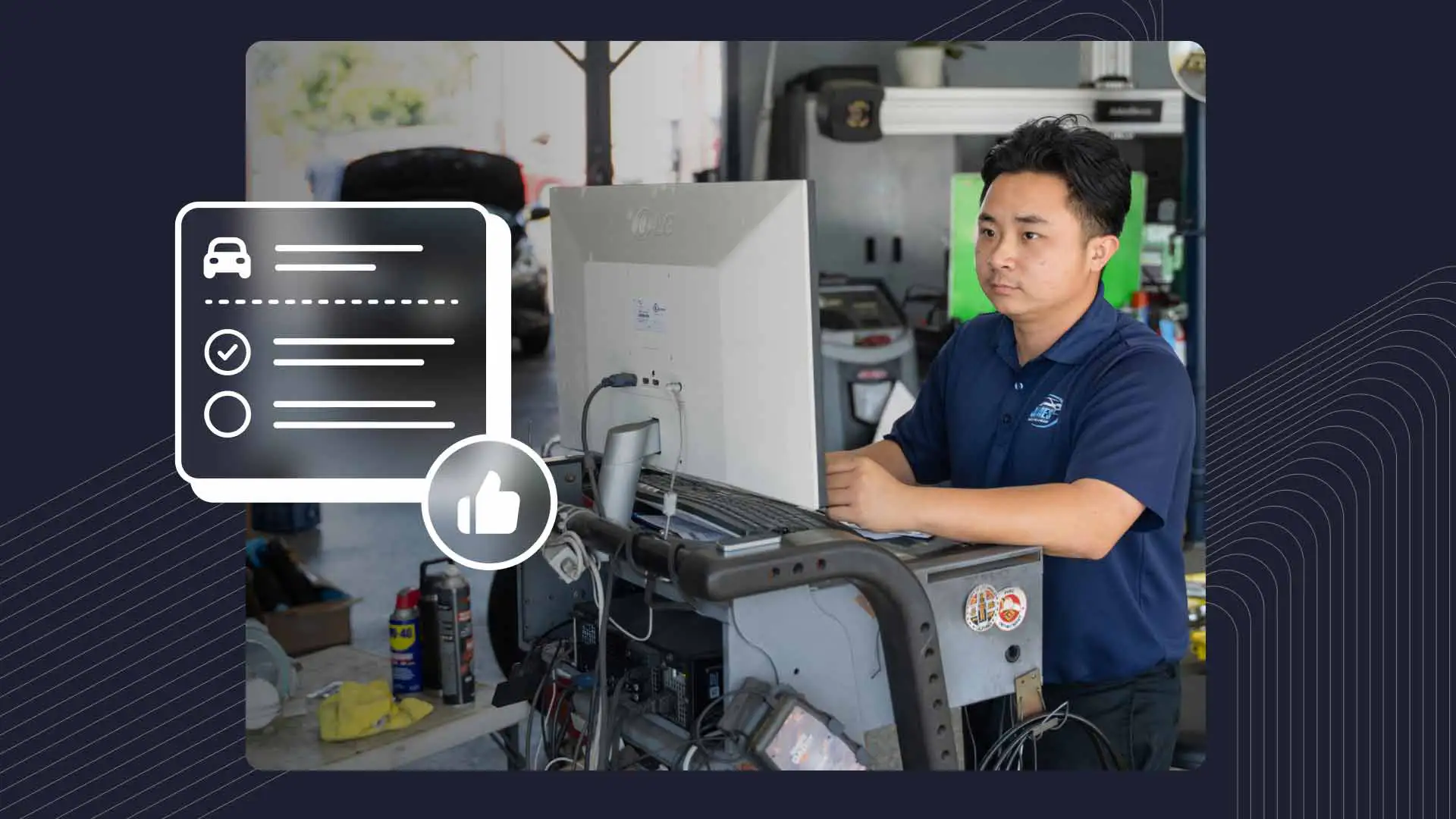As many people who are in the automotive industry know, there is much more to classifying trucks than just their make and model. Or their color. Or the year they were manufactured.
In fact, the truck definition for classifications is much more technical and not so readily apparent to the untrained eye. While it might be natural to categorize a Lamborghini SUV as simply a hot or even expensive truck, the formal definition for how to correctly classify different truck types pertains to their weight and the weight of their load.
The ability to properly categorize truck types is influential for servicing them, satisfying customers, and keeping these vehicles on the road. Read on to learn about the different types of trucks, why it’s essential to classify them the right way, and what the different truck categories are.
What Are Truck Classes?
Manufacturers put trucks into different categories based on the Department of Transportation truck classes. A truck class is based on what’s known as the Gross Vehicle Weight Rating (GVWR) for a particular truck. The two factors that determine the GVWR are the maximum load that a truck can carry and its weight.
There are several considerations for assessing a truck’s full load, which includes the amount of passengers it can bear, the limits of its cargo, and even its fuel capacity. The weight of the truck is more straightforward to pinpoint. Regardless, when these vehicles are built, manufacturers are obligated by the government to assign them to a truck classification based on their GVWR.
Why Are Truck Classes Necessary?
There are several reasons classifications are required for the different types of trucks manufactured. Many of them relate to general safety for owning and operating these vehicles. Additionally, the standardized truck definitions that GVWR provides are necessary for registering these crafts and even stipulating which ones can be used for commercial purposes.
There are numerous aspects of classifying different truck types to directly relate to laws for driving them. One of the main ones is that permits and special types of driver’s licenses are required to operate certain trucks. Crafts that exceed 10,001 pounds must have Department of Transportation (DOT) numbers on both sides of them. A commercial driver’s license (CDL) is mandatory to drive trucks that are over 26,000 pounds.
Also, depending on the cargo for these vehicles (specifically if it involves hazardous materials, passengers, or is more than 10,000 pounds) there are different types of CDLs. Class C is for hauling hazardous materials or transporting passengers. Class B is for trucks exceeding 26,000 pounds and towing craft that’s no more than 10,000 pounds. Class A is for trucks over 26,000 pounds with cargo surpassing 10,000 pounds.
Other legalities involve adhering to Interstate Truck Driver’s Hours of Service laws for driving vehicles exceeding 10,000 pounds. There are also mandates for stopping at weigh stations that pertain to a truck’s classification. Additionally, service personnel will need the correct classification of a vehicle to properly work on a truck. Knowing the appropriate classification tells these shop employees things like which equipment to use. Heavy-duty truck repair software can simplify the management of truck repair shops and make this process easier.
What Are the Different Truck Categories?
Although there are numerous classifications for different truck types, it’s best to think of them in terms of light, medium, and heavy vehicles.
Light Trucks
Classifications 1-3 are for regular vehicles that can’t be used for commercial purposes. Examples of light trucks include pickups, minivans, vans, and Sports Utility Vehicles (SUVs). Class 1 is for craft that doesn’t surpass 6,000 pounds, which might include things like multi-purpose vehicles and mini pickups trucks. Class 2 is for craft between 6,000 and 10,000 pounds, while Class 3 is for those between 10,000 and 14,000 pounds. Class 3 vehicles might include step vans.
Medium Trucks
Classifications 4-6 are for different types of trucks that are considered medium ones. Most of these vehicles are used for commercial purposes, although it’s possible to find a conventional van that’s part of class 4. However, this classification (which is for craft between 14,000 and 16,000 pounds) includes things like utility and landscaping trucks. Class 5 is for vehicles from 16,000 and 19,500 pounds. Class 6 vehicles are from 19,500 and 26,000 pounds and include school buses. Some class 6 vehicles (depending on their weight) require a CDL.
Heavy-Duty Trucks
The truck definition of heavy-duty vehicles is those that are in classifications 7 and 8. Classification 7 is reserved for craft between 26,000 and 33,000 pounds. Good examples of these types of vehicles include city buses and street sweepers. Certain tow trucks fit into this classification, too. All trucks over 33,000 pounds are in class 8, which includes things like big rigs, cement trucks, fire engines, and more.
Head of the Class
It’s necessary to have a solid understanding of the different truck classes for servicing these types of vehicles. Although the repairs for medium and heavy duty trucks might be more complicated than those for light trucks, service personnel can charge for them accordingly. Consequently, it’s important to ascertain what classification of truck auto repairs shops will be working on to know important logistics like how much space a particular vehicle will require, or to estimate how long such repair work will take. This is especially true for those looking into servicing commercial vehicles. To get a better understanding of truck repair shop management solutions, request a demo.





